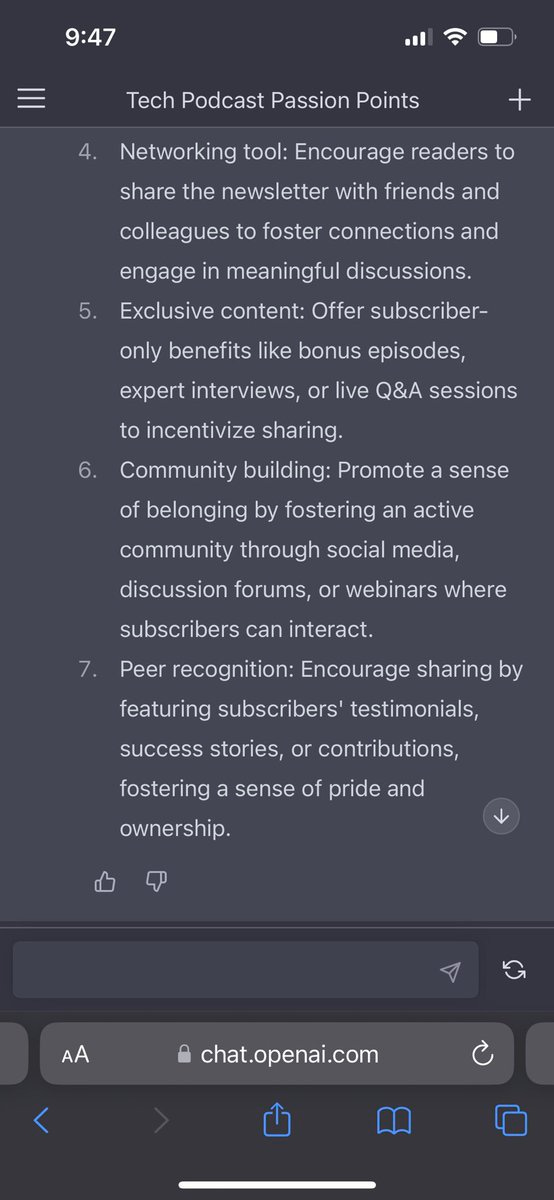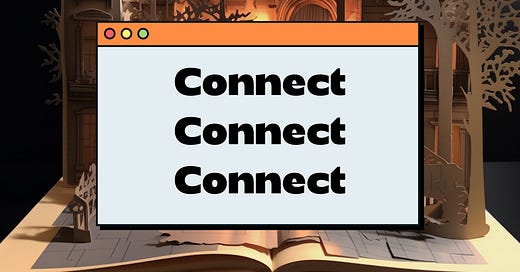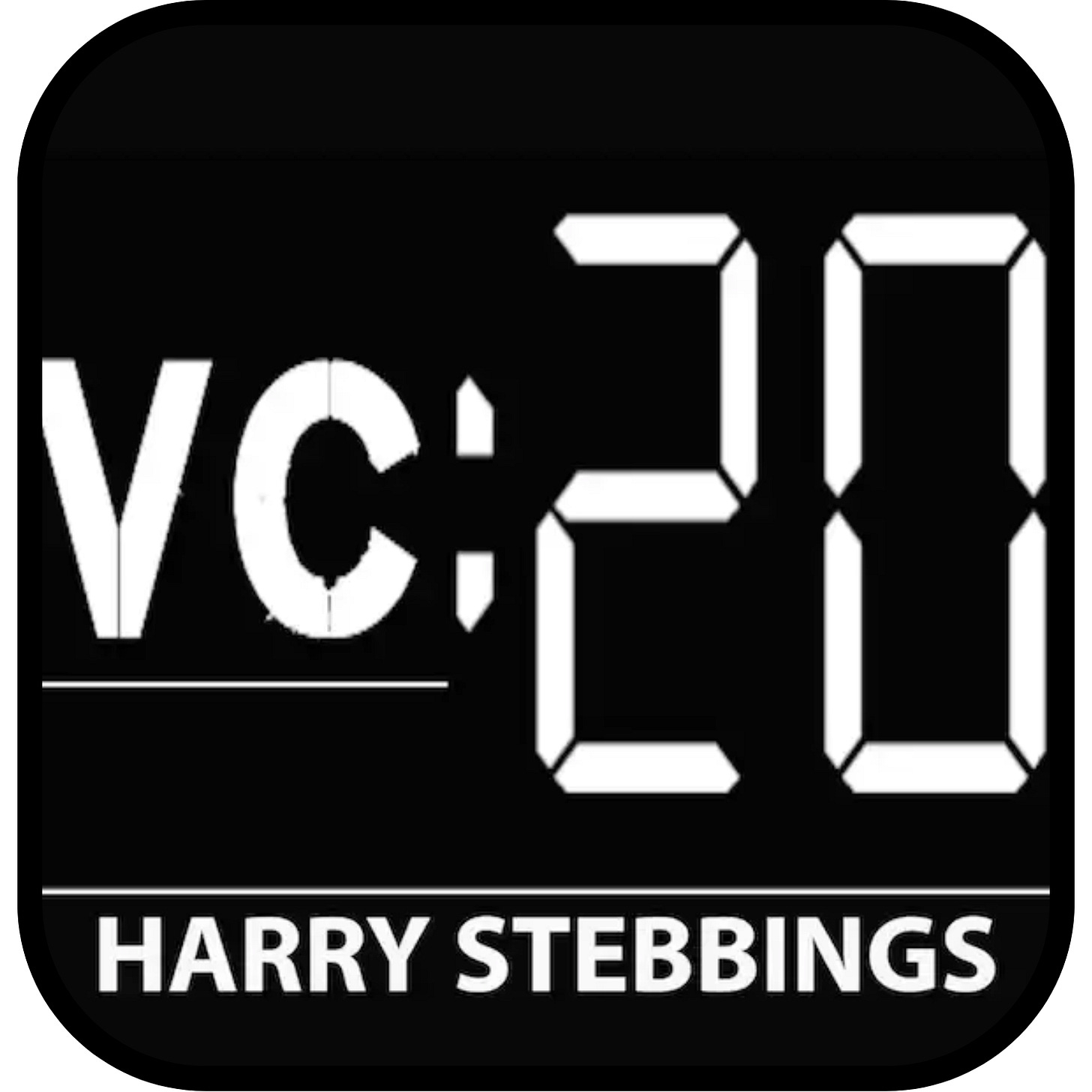💭 What are your customer’s interests? How to build a thriving community, ...
I listen to 10 hours of podcasts a week, so you don’t have to.
This is the 54th edition of Best Business Podcasts, featuring 20VC, Noah Kagan Presents, and Lenny’s Podcast.
What you need to know
💕 Love the problem, not your solution
🧱 How to build a thriving community
💭 What are your customer’s interests?
💕 Love the problem, not your solution
🥉 Third place (2 min read vs 51 mins listening)
Nubank is the giant you’ve never heard of. It’s the biggest fintech bank in Latin America, worth over $20B. Jag Duggal, Chief Product Officer, shares valuable insights into the art of product development and the importance of maintaining objectivity throughout the process.
What they say
Avoid falling in love with your ideas
We spend a lot of time trying to pitch the solution to customers. We spend not nearly enough time talking about the problem.
The hardest thing for people to wrap their head around is to never fall in love with your belief or your hypothesis.
Falling in love with a specific idea without proving it just means you're going to end up leading the witness. You're going to hear what you want to hear. That's always a trap.
It's important to be clear on the hypothesis you're trying to test. But be entirely agnostic and not in love with your idea. Approach your idea as a judge rather than a lawyer.
It runs contrary to human nature. To come up with an idea and keep your distance from it at the same time.
You can detach yourself from an idea by falling in love with the problem and not the specific solution. That's the key.
Jag Duggal
What I say
Why it matters: There’s power in being detached from your ideas. By fixating on a particular solution, you risk overlooking alternative approaches that may be more effective. Keep an open mind to new perspectives and data that may change your initial hypothesis and be agile enough to adapt if necessary.

Between the lines: Jag's insights on the importance of remaining objective resonate with the principles of design thinking, a methodology that emphasizes:
Empathy. “Begin each ideation exercise by discussing the people who will use your product or service.”
Expansive thinking. “Challenge your team to come up with ideas that aren’t just 10% better but 10X better. Thinking big can give you radical new ideas.”
Experimentation. “Build an early-stage version of your idea and test it out on a small group. Then decide if it makes the most sense to move your idea forward, kill it, or tweak it.”
By adopting a design thinking mindset, you can avoid falling victim to confirmation bias and ensure that you're truly addressing the problem at hand.
🧱 How to build a thriving community
🥈 Second place (3 min read vs 1 hour 11 mins listening)
Everyone’s started a community. But have they really? Most people are full of shit. Or to put it nicely, they’re naively using the wrong term to describe their audience. Sam Parr highlights the distinction between the two. You’ll then hear his top tricks for creating and nurturing a real community.
What they say
Let’s start with definitions
A lot of people confuse the word community with audience.
The difference between the two is if you quit working, is more content being created without you? If there is, that’s a community.
A community is a place on the internet or in person. It’s many to many. An audience is one to many.
9 out of 10 times when people say they have a community, they only really have an audience.
A community is more valuable and is significantly harder.
Sam Parr
Use a known platform
A community works best when you have the least amount of friction.
A lot of people use Circle or something like that. No one fucking goes to it. It’s so hard to get someone to go to a destination.
Instead, use Slack, Facebook, Reddit or somewhere people already are.
Sam Parr
What I say
Why it matters: Thanks to ChatGPT, content is no longer defensible. This makes communities even more valuable. Members actively contribute to content creation and discussions. They’re emotionally invested. It’s 10X easier to sell to members and to keep them around long term.

With that said, communities are so difficult to get right. How do you make it appear bustling when it’s just you to begin with? The answer: Post yourself. Reply yourself. Live in the community. By engaging with early members, you unlock a deeper level of engagement and loyalty that will eventually encourage others to mimic your behavior.
Between the lines: Building a community takes time. It’s not for the feint hearted. One person who has got the recipe right is Alex Marriner, an executive recruiter in the UK and US. Over the past 3 years, he’s created WhatsApp communities for CMOs, COOs, and CTOs. Here’s how he seeded the earliest conversations:
“People on the internet can sniff out inauthenticity in a heartbeat. In order to develop real connections, I had to create real value. Here’s how I did it:
Encourage conversations by asking questions and tagging people who I knew had good answers
Compile answers and create a group wiki to help new members extract value from previous conversations
Create surveys about pay, equity, benefits, remote work, fractional work, and share insights with the group”
💭 What are your customer’s interests?
🥇 First place (2 min read vs 1 hour 3 mins listening)
Captivating an audience is no easy task. Lulu Cheng Meservey explains why you need to connect your message to your audience's existing passions. By examining real-world examples like Kamala Harris's Senate campaign, we can learn how to resonate with our target audience and inspire action.
What they say
A leopard doesn't change its spots
It's a huge lift to try to change someone's world view or their passions.
It's a light lift to take the thing you want to talk about and fit it into their world view or their passions.
If your audience cares about X and you're offering Y, then it's your job to create the bridge from X to Y.
Take what your customers are passionate about and then convince them that if they care about that then they should care about your thing too.
Lulu Cheng Meservey
Kamala Harris example
When Kamala Harris was running for Senate she had this issue where not enough people cared about K-12 education. It's not a sexy topic. Only moms cared about it. Whereas people cared a lot about national security.
The way she got their attention was to tell them 'Did you know that in order to enlist for the Army you have to have a 10th grade reading level? If you can't read at that level you can't read the Army Field Manual.'
She said 'If you care about the future of national defence and being able to maintain our Army, then you need to care about reading standards.'
That's a perfect example. It stuck with me so much that many years later I'm still repeating it.
Lulu Cheng Meservey
What I say
Why it matters: We’re more likely to be persuaded by messages that resonate with our existing values and beliefs. This is the core idea behind the Elaboration Likelihood Model of persuasion. It says positive associations can make decisions much easier, bypassing our rational judgement.

Between the lines: Apply this concept by researching your audience's interests and concerns, then tailoring your message to show how your objectives align with their values. Try using ChatGPT to get started. Here are my results for this newsletter:





Shoutouts
When I find newsletters, podcasts, or books worth sharing, I’ll feature them here:
Creative Wayfinding is a weekly newsletter exploring how to find your way to your creative potential in a world filled with noise, distractions, and shiny objects.
Get actionable insights for indie entrepreneurs who want to become trusted advisors in their market niche by subscribing to Robin Good.
Note, these quotes were pulled at different points of the episode. Some sentences were left out to make the narrative more concise. I am not associated or affiliated with any podcast (unless otherwise stated). All roundups are independently written and do not imply any sponsorship or endorsement by the podcast.













